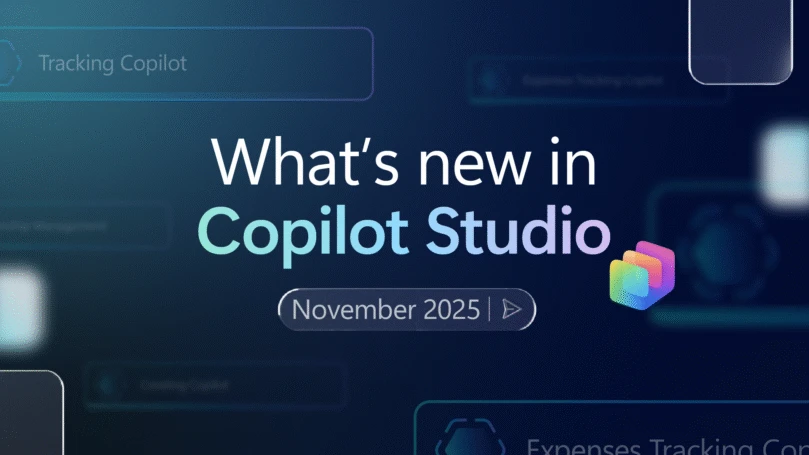Healthcare continues to undergo transformation—it’s facing unprecedented challenges, new and complex expectations, and remarkable opportunities for innovation and growth. At the heart of this transformation are frontline healthcare workers—the doctors, nurses, and care team members that work to help keep us safe and healthy. Touching nearly every step of the patient journey and maintaining the foundation of our healthcare system, healthcare workers require the latest tools to stay engaged, connected, and empowered to provide the best possible care. The adoption of technology to support frontline healthcare workers is increasing, and we’ve seen monthly usage of Microsoft Teams grow over 560 percent in this industry between March 2020 and November 2021.
At Microsoft, we’re committed to supporting the healthcare workforce by designing products that can help improve the lives of those on the frontline, and the patients they serve. To do this, we’re working on products to connect care teams more seamlessly, provide solutions to efficiently manage and motivate care teams, and empower organizations to adapt to a dynamic and rapidly changing healthcare environment. I’m excited to announce a few new products to make their experience easier in Microsoft Teams.
A seamless experience for virtual appointments
This week at the HIMSS healthcare conference, we’re announcing exciting new features in Microsoft Teams for virtual appointments. We’ve seen the adoption of virtual appointments in healthcare skyrocket during the pandemic, and we continue to see outstanding growth. It’s an area that’s here to stay, with use cases that are core to the future of healthcare and many other key industries. Teams provides a simple and convenient experience for patients and providers for telehealth workflows. It builds on the momentum from the Microsoft Cloud for Healthcare, with new features to:
Schedule on-demand appointments (preview, April 2022)
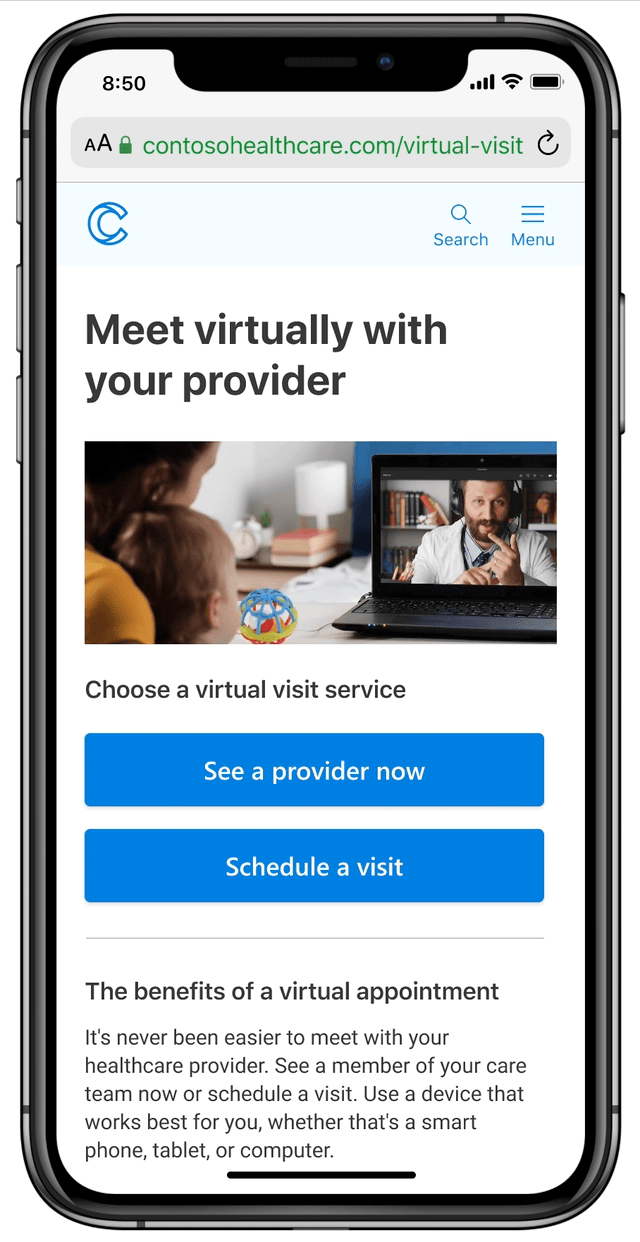
Patients can request on-demand appointments with their provider. Organizations using on-demand scheduling can see and monitor on-demand appointments in a queue view through the Microsoft Bookings app in Teams. This builds on the waiting room and queueing features for scheduled appointments that are generally available.
Collect key information for virtual appointments with Microsoft Forms (preview)
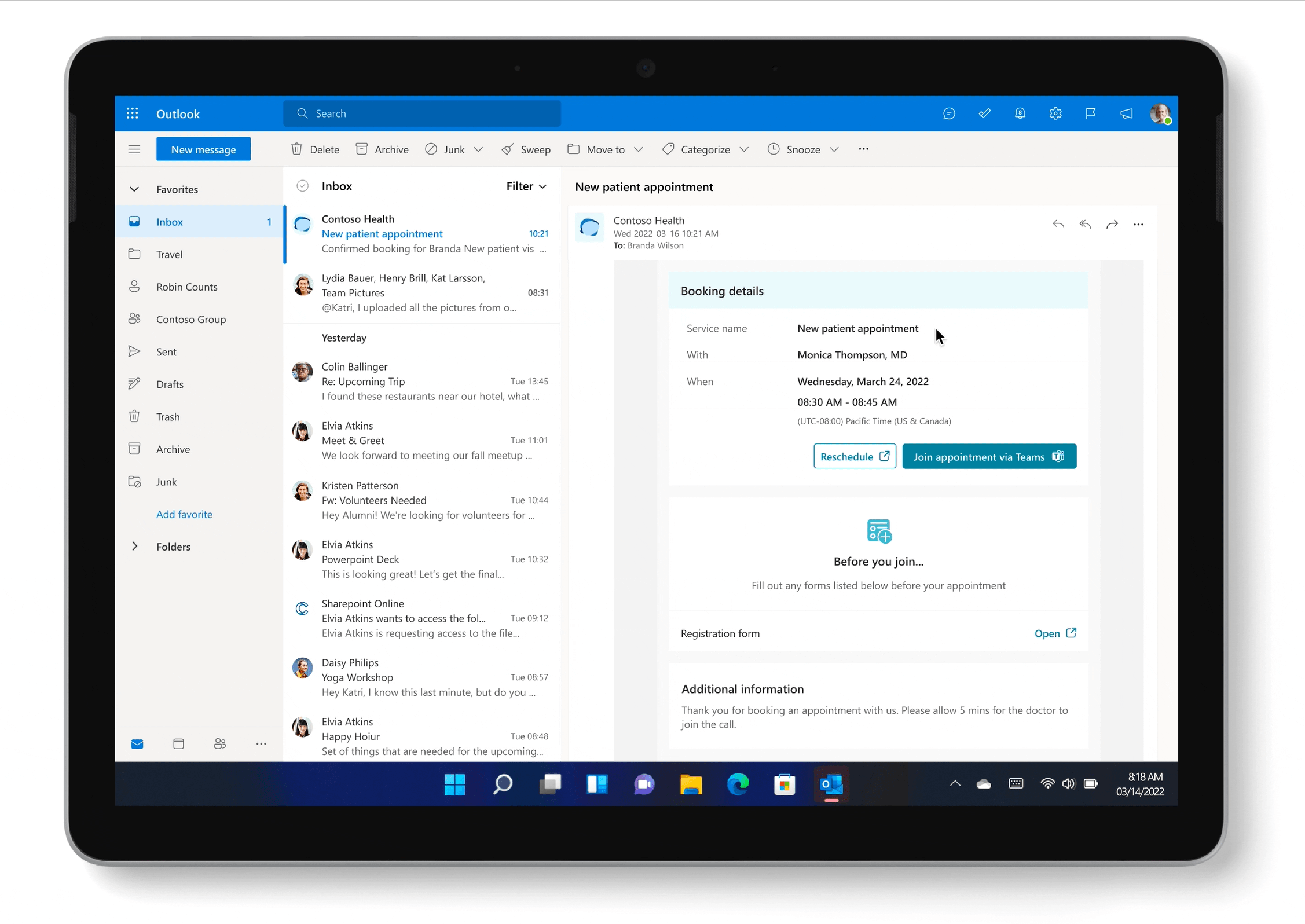
Gather patient triage information as part of the virtual appointment in Teams through the integration of Microsoft Forms and the Microsoft Bookings app. When enabled, this feature allows healthcare organizations to collect patient responses and review them as part of the visit.
Help ensure patient devices are working correctly for the appointment—generally available
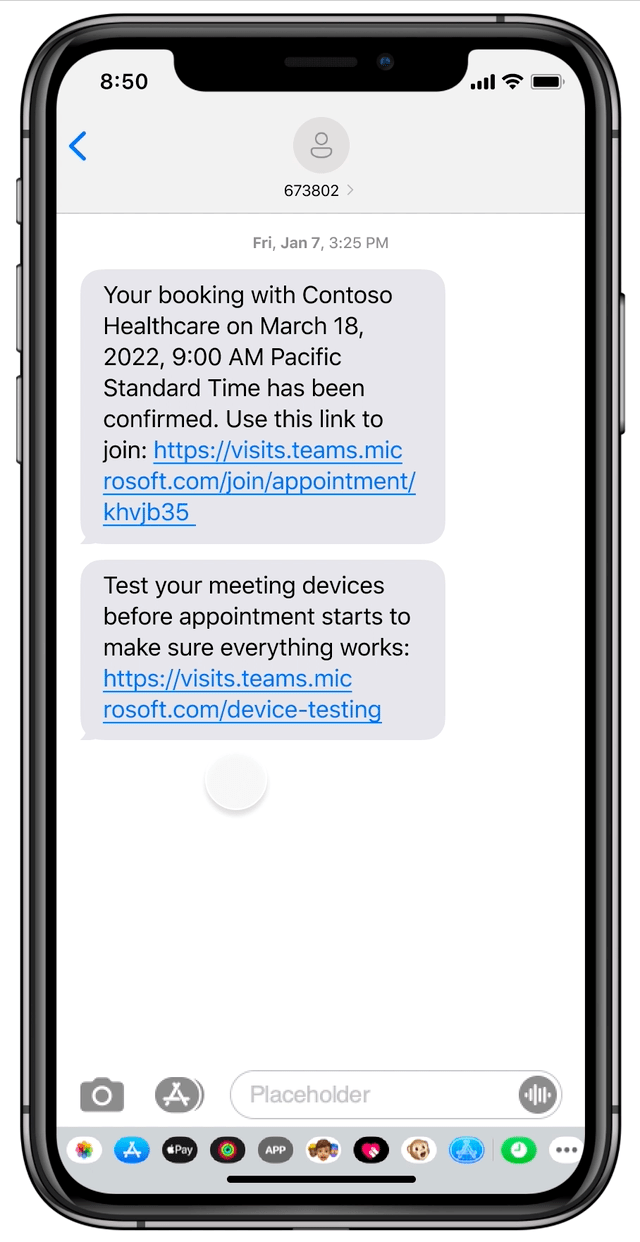
The new device tester can help you reduce no-shows by allowing patients to test their hardware settings before their virtual appointment. This allows the patient and provider to focus on the appointment, and spend less time on technical challenges. It’s now available through the Microsoft Teams EHR connector.
Send SMS appointment reminders (preview, April 2022)
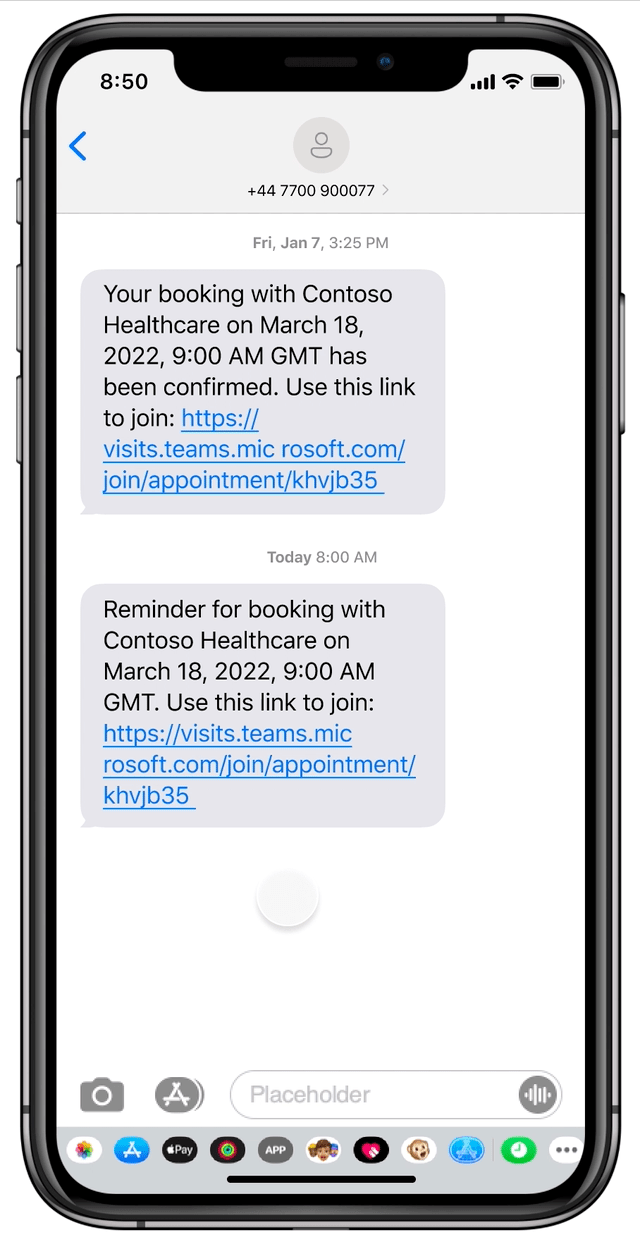
SMS reminders are key to reducing no-shows and making it easier for patients to join their virtual appointments. While this experience is already available to customers using the Microsoft Bookings app through Teams in the United States, we’re excited to announce the expansion to customers in the United Kingdom.
See analytics from your virtual appointments (preview)
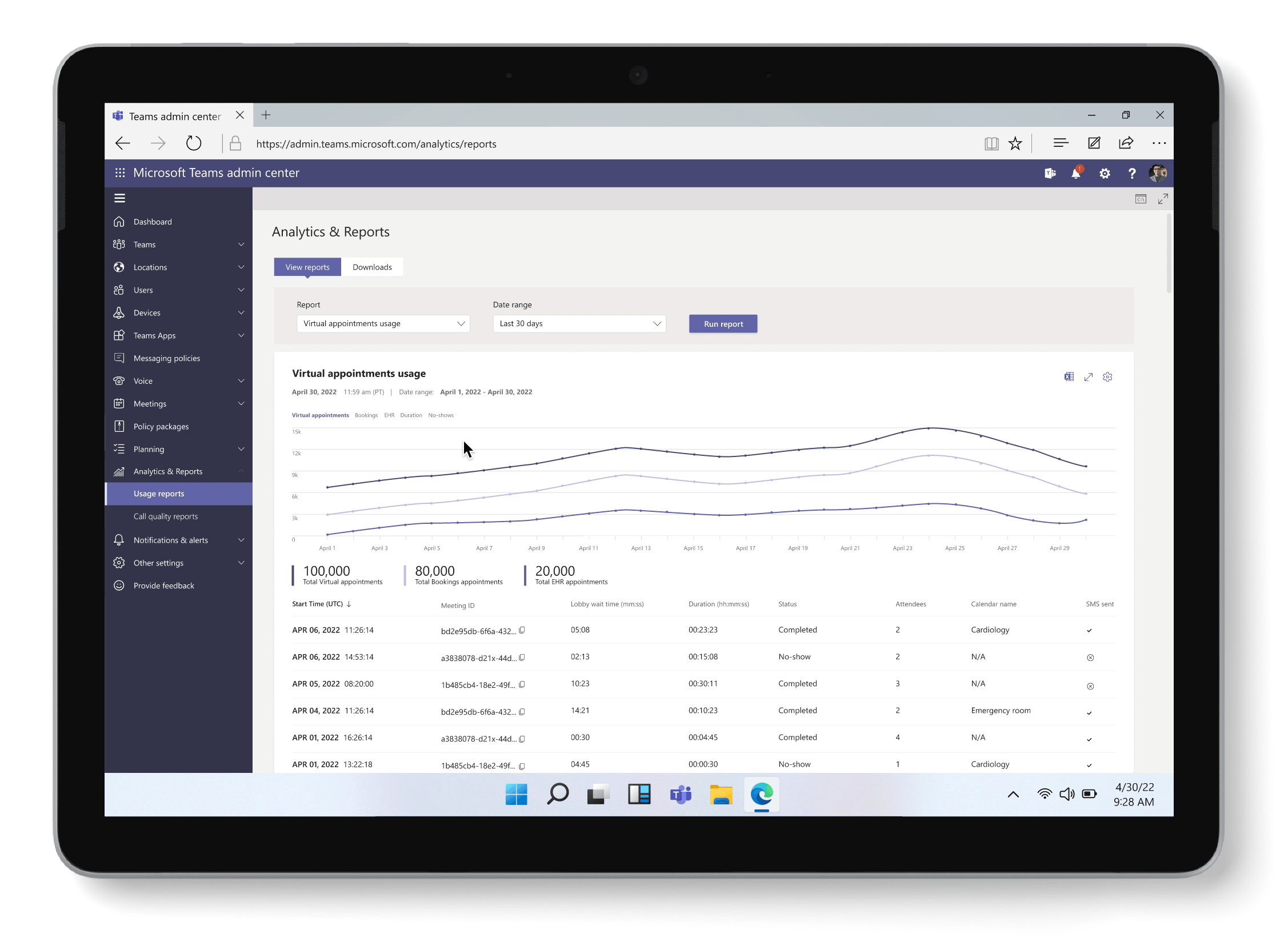
Gaining insights into the performance of virtual appointments is critical to understanding key business insights like lobby wait time, impact of SMS notifications, appointment duration, and more. Authorized users can gain insights into these areas in the Microsoft Teams Admin Center for appointments scheduled through Microsoft Bookings and the Microsoft Teams electronic health record (EHR) connector.
Enhance clinical workflow integration
Building on the momentum we are already seeing with customers using the EHR connector for virtual appointments with Epic, we’re announcing the next phase of our first-party EHR connector for virtual appointments.
Microsoft Teams EHR connector for Cerner—generally available
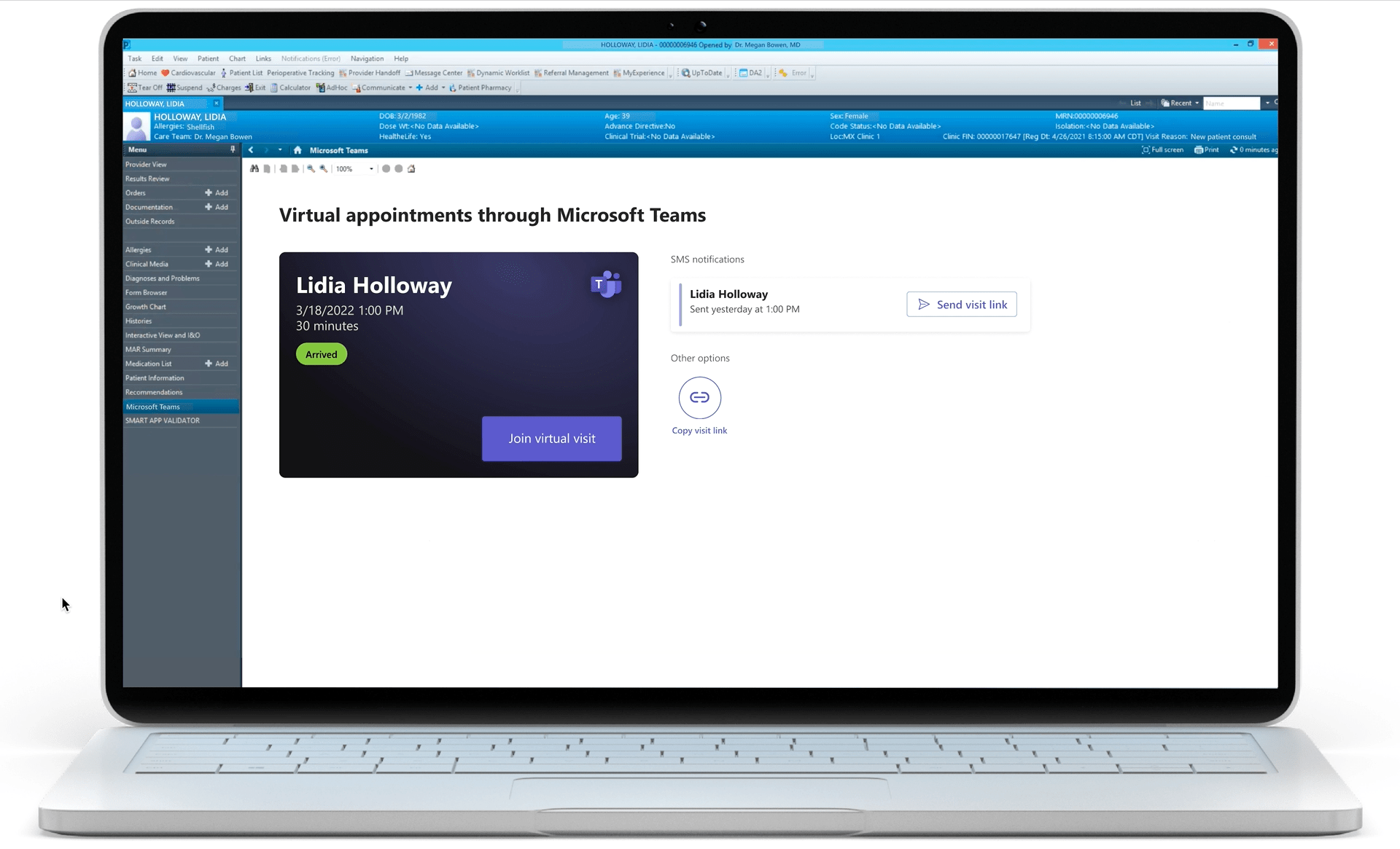
The new integration with Cerner expands the capabilities of the Microsoft Teams EHR connector, making it easier for clinicians to launch virtual appointments with patients or consult with other providers in Teams directly from their health record system. This is exciting for organizations using Cerner, which can now easily integrate virtual appointments into their existing clinical workflows.
“As a validated code application, Microsoft Teams EHR connector meets Cerner security, operational, functional and UX criteria designed to help improve the user experience for Cerner clients searching for a third-party telehealth solution.”—Jake Engle, Senior Director of Open Platforms, Cerner
The Microsoft Teams EHR connector offers powerful integration capabilities across healthcare. For example:
- Providers can schedule and launch virtual appointments directly from Cerner PowerChart, effortlessly invite other care team members to virtual appointments, and gain real-time status reports of their visits to help improve patient care.
- System administrators have access to simplified setup and configuration management directly in the EHR connector portal and can easily access downloadable consumption reports and call quality boards.
- Patients can test their device before the appointment, launch the appointment from SMS or email (without the need to download the Teams app), and will wait in a custom lobby before they are admitted by the provider.
Customers have already seen great results from the Microsoft Teams EHR connector. For example, Elisabeth-TweeSteden Hospital has been using it with Epic, saying “the greatest benefit is how we’ve used Teams to lower the threshold to care and make it possible for any patient to consult a physician, no matter their location or circumstance.”
Create an advanced virtual health experience
Teladoc Health Solo™ with Microsoft Teams
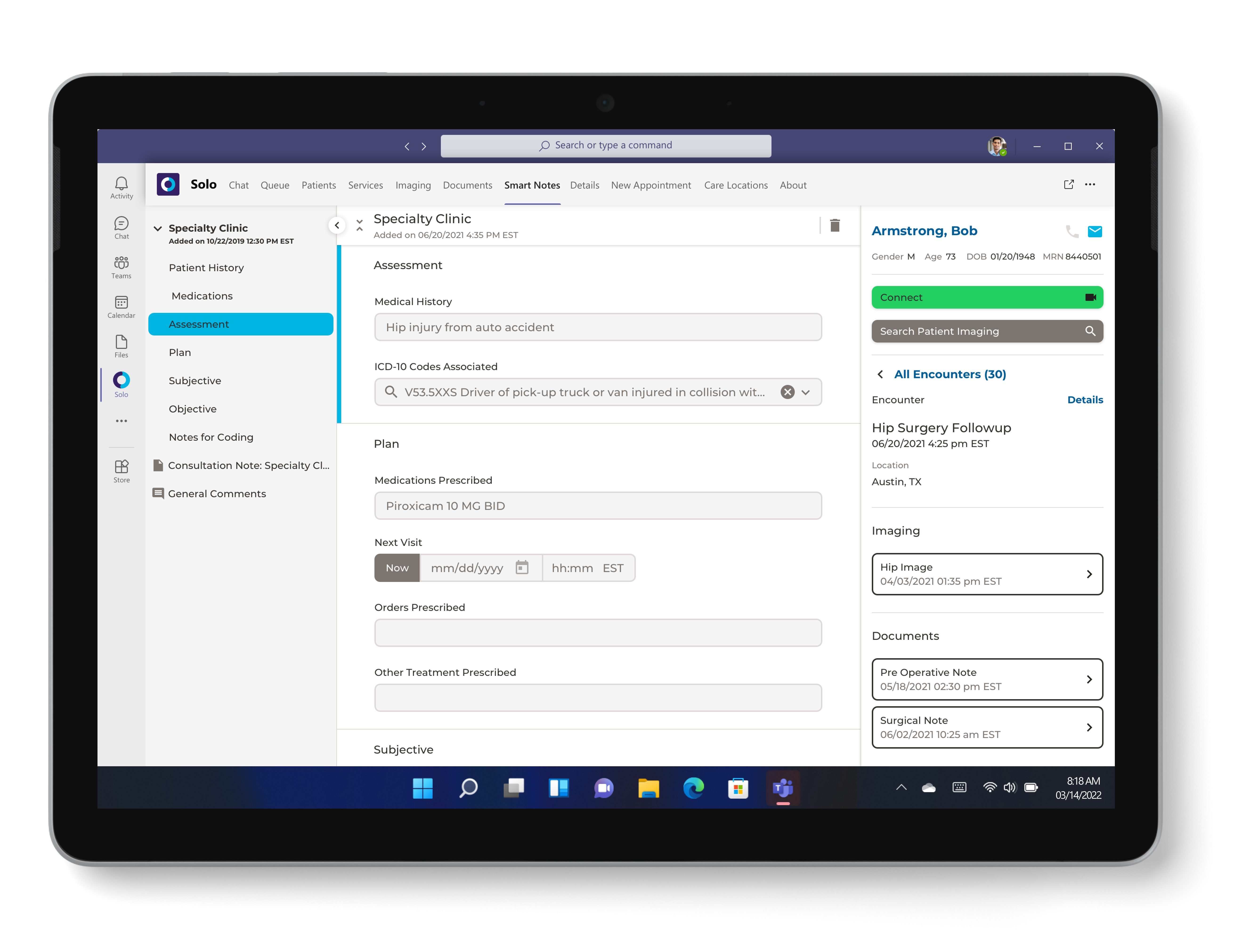
In collaboration with Teladoc Health, a global leader in virtual healthcare, we are announcing the general availability of Teladoc Health Solo™ with Microsoft Teams. This new offering transforms the virtual care experience by enhancing clinical collaboration, improving the user experience, increasing system efficiency, and expanding care delivery—making it easier for care teams to collaborate and manage their patients and resources, at scale.
Teladoc Health Solo™ with Teams simplifies the way healthcare organizations and care providers work by streamlining technologies and administrative processes, so clinicians can focus on what matters most—delivering high-quality patient care.
Empower your healthcare workers on the frontline
- Watch demos, read customer stories, and learn about new features on the Microsoft Teams and healthcare site for frontline workers.
- Learn more about the new announcements from the Microsoft Cloud for Healthcare.
- Check out the latest WorkLab article, exploring some of the issues causing burnout of frontline healthcare workers and tools to help.
- Use Walkie Talkie in Teams to connect healthcare workers with a dedicated push-to-talk button on Zebra, Samsung, and newly announced Sonim devices.
- Discover new collaboration and virtual health solutions for frontline workers in this article and podcast from Becker’s Hospital Review.
Interested to learn more about how Microsoft Teams can digitally empower your frontline workforce? Subscribe to our newsletter!
Epic is a registered trademark of Epic Systems Corporation


